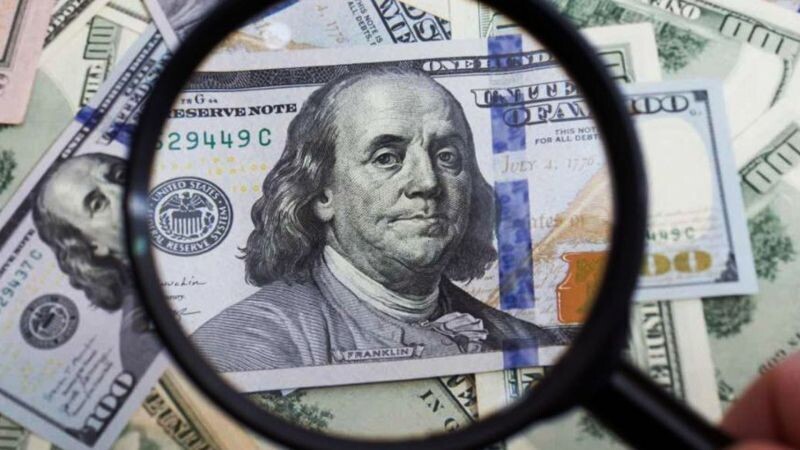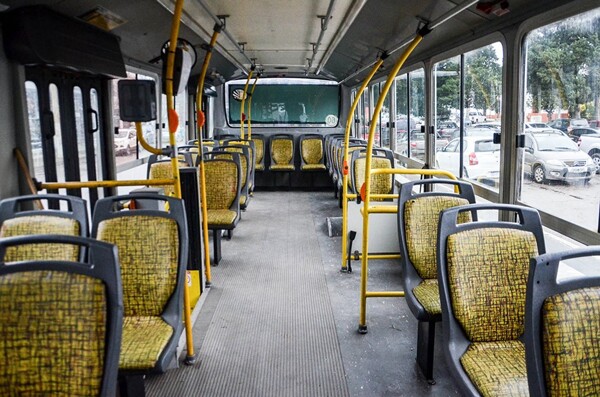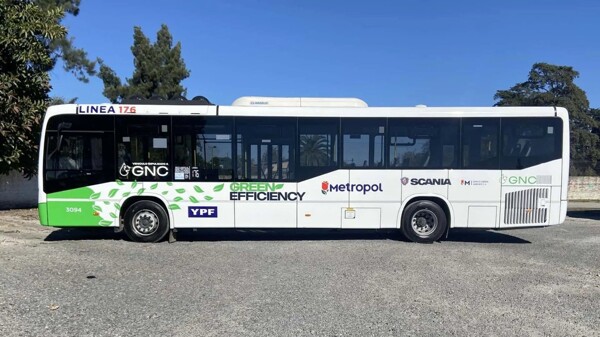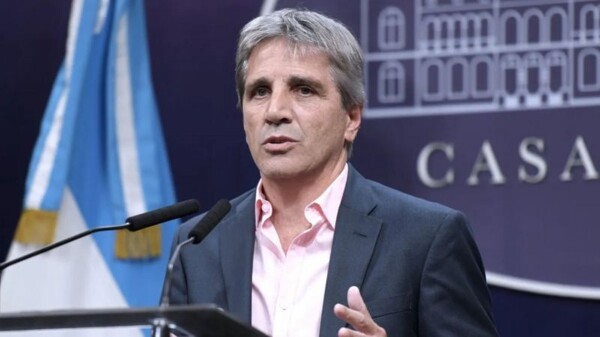
The blue dollar today, Saturday, May 3, is offered at $1165 for purchase and $1185 for sale. Meanwhile, the official dollar is quoted at $1140 for purchase and $1190 for sale at the Banco Nación.
For the first time since the relaxation of the 'cepo', the blue dollar operates with a negative gap compared to retail sales. The parallel rate is $45 below the value it opened the year with, which was $1230.
The Central Bank of the Argentine Republic (BCRA) did not intervene in the Unique and Free Exchange Market (MULC) on the last business day of the week. Following the first disbursement sent by the IMF, International Reserves increased by about $12 billion, reaching $36.799 billion, which is a crucial amount for the new exchange scheme.
Since December 13, 2019, the BCRA has accumulated a positive balance of $24.191 billion thanks to recent movements, reaching a total of $38.960 billion in its coffers.
In other quotes, the dollar for digital services and tourism is placed at $1547 after government modifications, while the wholesale dollar stands at $1137.70 for purchase and $1177.60 for sale.
The blue dollar is offered at $1165 for purchase and $1185 for sale. On the other hand, the CCL or cable dollar is quoted at $1192.34 for purchase and $1200 for sale, and the MEP or stock dollar can be obtained at $1180.69 for purchase and $1182.14 for sale.
The official dollar at Banco Nación operates at $1190 for sale. Financial entities in the Autonomous City of Buenos Aires have it in a range between $1135 and $1215 for purchase and between $1190 and $1215 for sale, depending on the bank.
Javier Milei could opt for a way to dollarization through the massive influx of dollars into the economy via trade surplus in this Phase 3 of the economic program, which seeks a more restrictive monetary policy.














